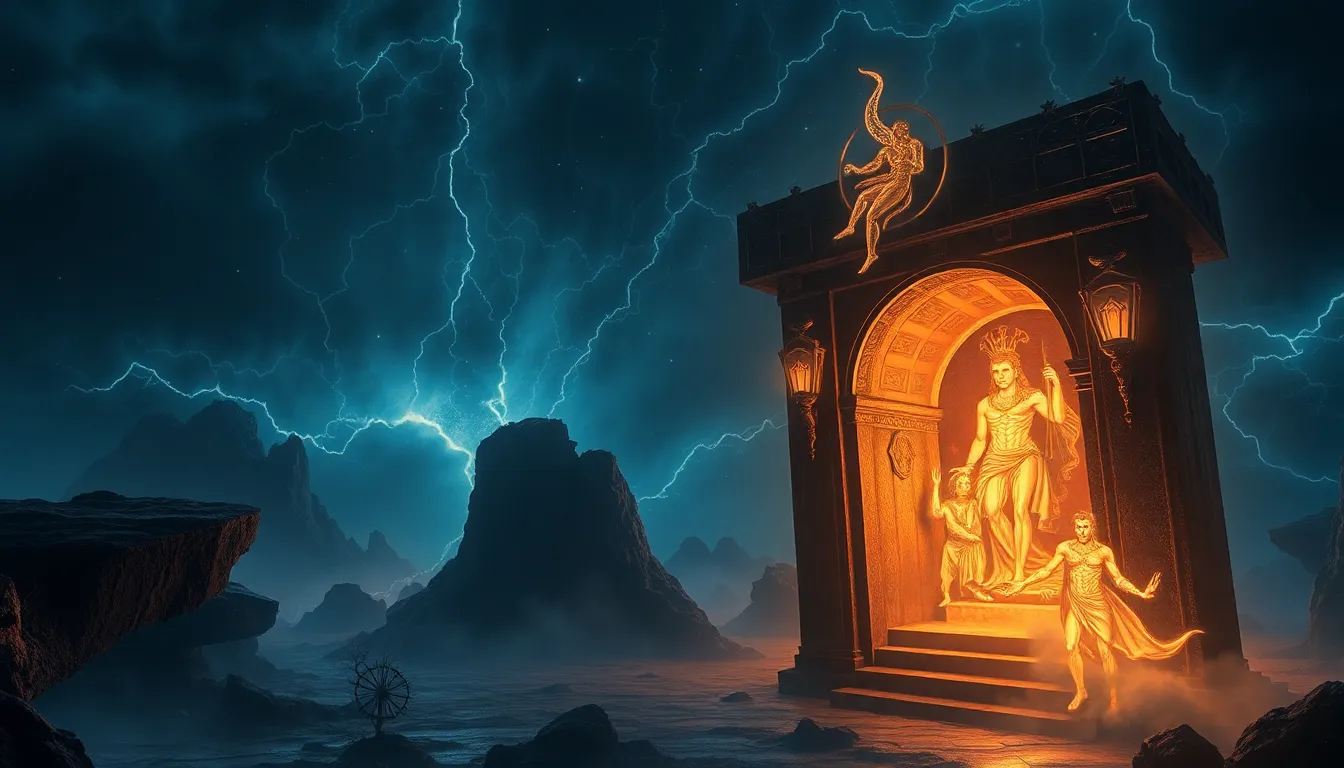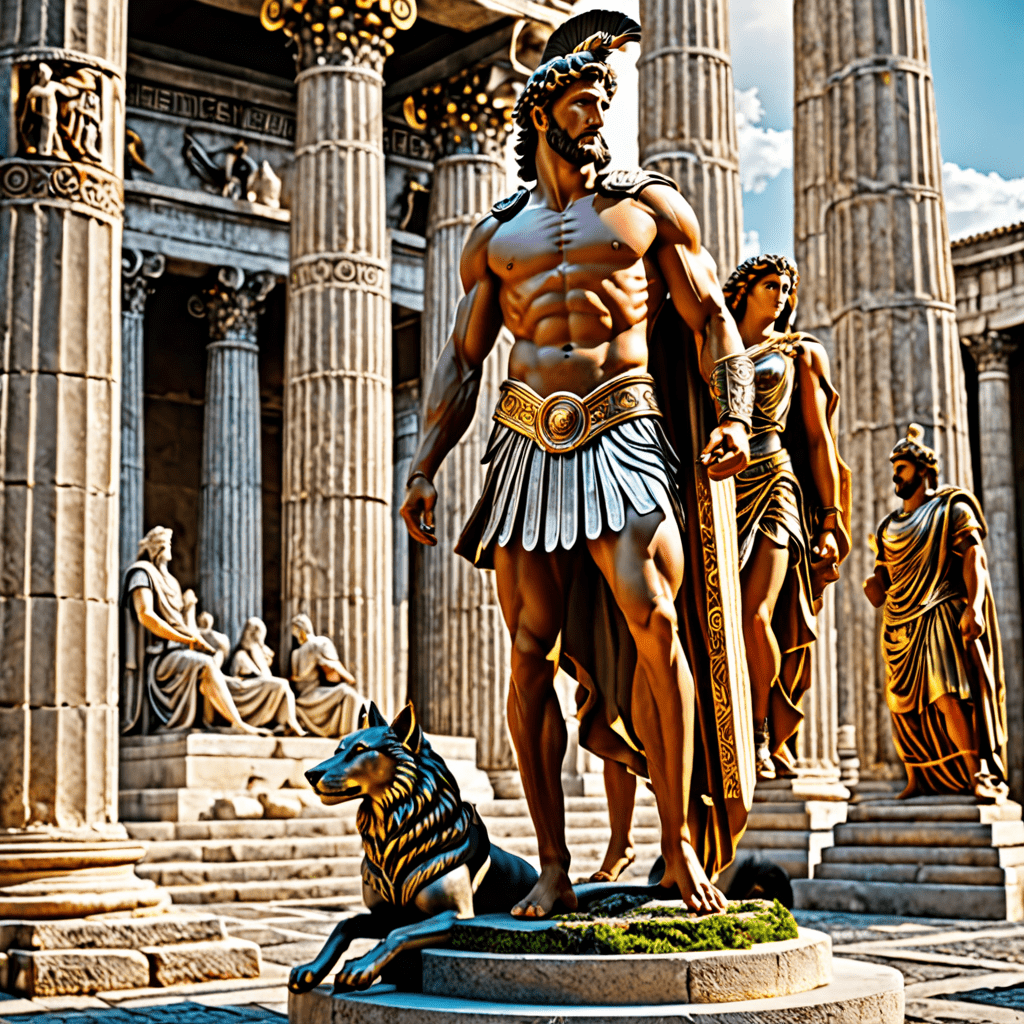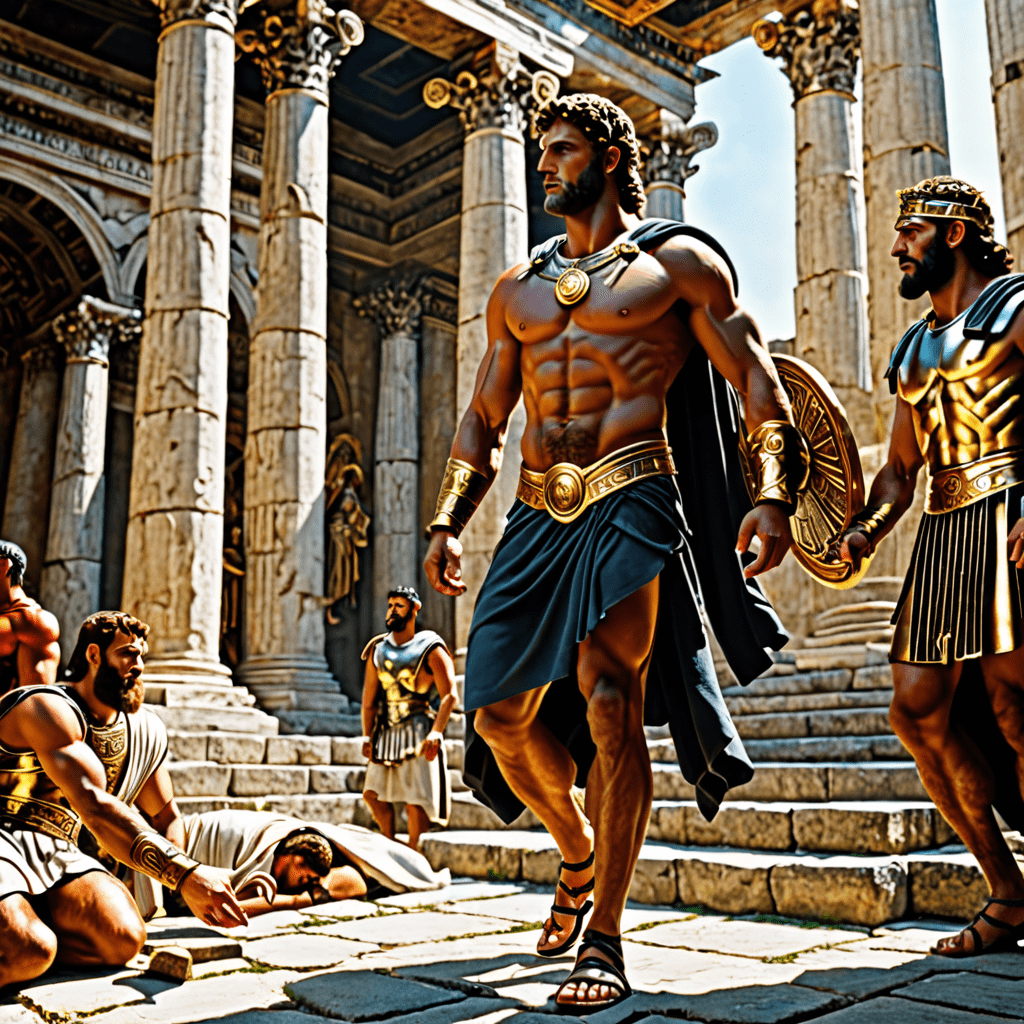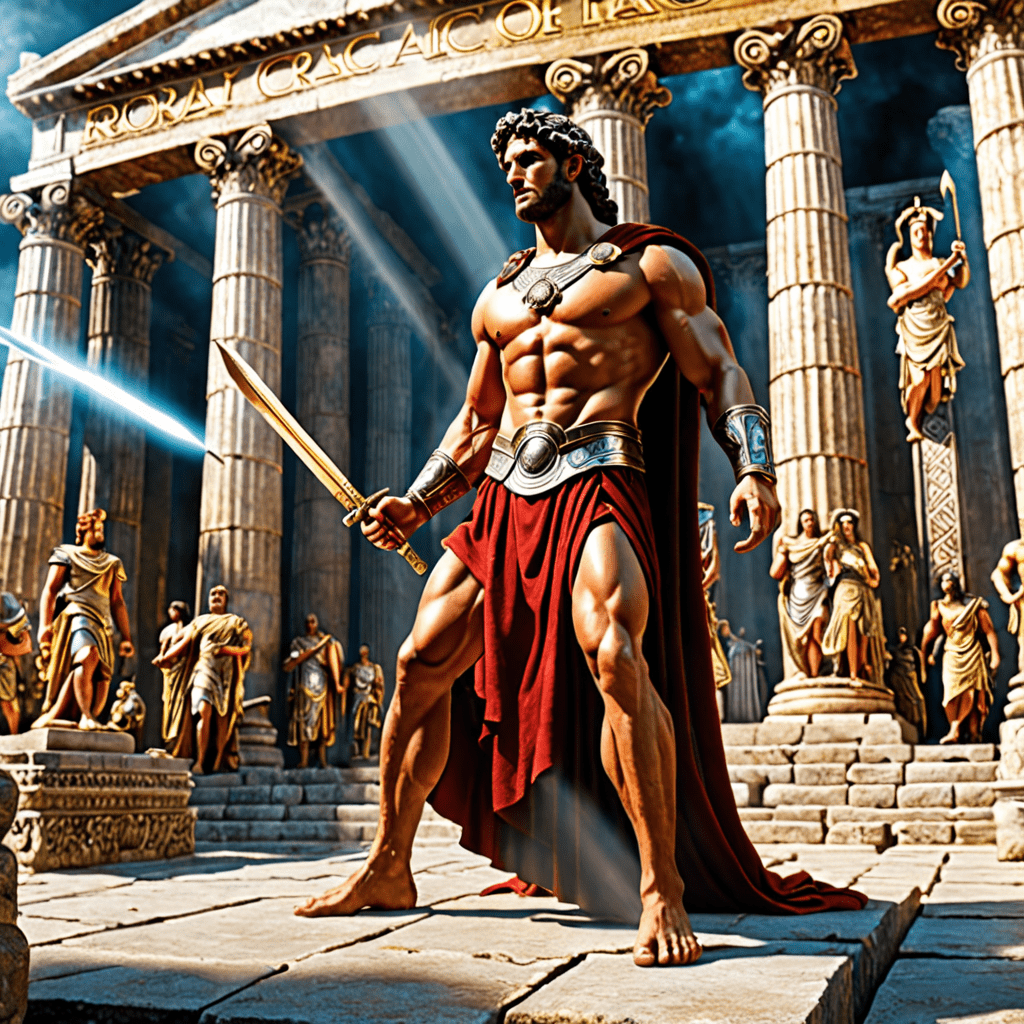Underworld Legends: The Myths That Shape Our Afterlife Beliefs
Introduction to Underworld Legends
Underworld myths are narratives that explore the realm of the dead, providing insight into how different cultures perceive life after death. These legends are significant as they reflect the values, fears, and hopes of societies throughout history. They shape our beliefs about what happens when we die, influencing rituals, moral codes, and cultural identities.
This article aims to explore various underworld legends across cultures, examining how these myths contribute to our understanding of the afterlife and their persistent impact on contemporary beliefs.
Historical Context of Underworld Myths
Ancient civilizations have long pondered the fate of the soul after death, and their myths surrounding the underworld reveal much about their worldviews. Notable examples include:
- Mesopotamia: The Sumerians and Akkadians believed in a dreary underworld called Kur, where all souls went regardless of their deeds.
- Egypt: The Egyptians envisioned a complex afterlife journey, heavily influenced by their beliefs in gods and the importance of rituals.
- Greece: The Greeks had a more nuanced view, with various realms for the dead, based on their lives.
- Rome: Roman beliefs were heavily influenced by Greek mythology but also incorporated elements of ancestor worship.
These myths not only provided comfort in the face of death but also influenced societal norms, ethics, and moral frameworks that guided behavior during life.
The Greek Underworld: Hades and Beyond
The Greek underworld, known as Hades, was a complex realm divided into several regions, each catering to different kinds of souls:
- Elysium: A paradise for the virtuous and heroic.
- Tartarus: A deep abyss used as a place of torment for the wicked.
In this underworld, key figures played significant roles:
- Charon: The ferryman who transported souls across the river Styx to the afterlife.
- Cerberus: The three-headed dog who guarded the gates of Hades, preventing the dead from escaping.
- Persephone: Queen of the underworld, whose story symbolizes the cycle of life and death.
These figures not only enriched the mythology but also provided ethical lessons about life, morality, and the consequences of one’s actions.
The Egyptian Underworld: Duat and the Journey to the Afterlife
In ancient Egypt, the underworld was known as Duat, a mystical realm filled with challenges that souls had to navigate to achieve eternal life. The journey through Duat was fraught with dangers, and knowledge of the afterlife was crucial for a successful passage.
The Book of the Dead served as a guide for the deceased, containing spells and instructions to help navigate the afterlife. Key elements of this journey included:
- The Weighing of the Heart: A judgment process where the heart of the deceased was weighed against the feather of Ma’at, representing truth and justice.
- Rituals: Elaborate funerary practices were vital, including mummification and offerings, to ensure a safe passage to the afterlife.
The Egyptian belief in the afterlife emphasized the importance of living a moral life and maintaining a connection with the divine.
Norse Mythology: Valhalla and Hel
Norse mythology presents a duality in its afterlife beliefs, embodied in the concepts of Valhalla and Hel. Valhalla, ruled by Odin, was a majestic hall where warriors who died in battle were welcomed. It was a place of honor, where they would feast and prepare for Ragnarok, the end of the world.
On the other hand, Hel was the realm for those who did not die heroically, often viewed as a more neutral or even bleak afterlife. The fate of souls in Hel was not one of punishment but rather a continuation of existence, devoid of the glory associated with Valhalla.
This dichotomy reflects the Norse values of bravery, honor, and the acceptance of death as a part of life.
Asian Perspectives: The Underworld in Buddhism and Hinduism
In Asian cultures, beliefs about the underworld are often intertwined with concepts of karma and reincarnation. In Buddhism, the underworld is referred to as Naraka, a place where souls experience suffering as a result of their negative actions in life. This concept reinforces the importance of ethical behavior and mindfulness.
In Hinduism, Yama is the god of death and the ruler of the underworld. He guides souls through their journey and judges them based on their actions in life, influencing their next reincarnation. Key aspects include:
- The cycle of Samsara: The continuous cycle of birth, death, and rebirth.
- The ultimate goal of Moksha: Liberation from the cycle of Samsara, leading to union with the divine.
Both traditions emphasize moral living and the consequences of one’s actions on the soul’s journey.
Indigenous Beliefs: The Afterlife in Native American and African Mythologies
Indigenous cultures around the world have rich and diverse beliefs about the afterlife. In many Native American traditions, the afterlife is often seen as a continuation of life on Earth, where the spirits of ancestors play vital roles in guiding the living.
In African mythologies, beliefs about the afterlife often focus on the importance of ancestors. Key themes include:
- The connection between the living and the dead, with ancestors providing guidance and support.
- The communal nature of the afterlife, emphasizing community rather than individualism.
These beliefs foster a strong sense of identity and continuity within communities, reinforcing cultural values and traditions.
Modern Interpretations of Underworld Legends
In contemporary society, ancient underworld legends continue to inspire literature, film, and art. Modern interpretations often reinterpret these myths through various lenses, such as:
- Reimagining characters and narratives in popular media.
- Exploring themes of mortality, ethics, and the human condition.
- Incorporating technology and globalization into traditional beliefs, creating new understandings of the afterlife.
These reinterpretations highlight the relevance of ancient myths in addressing modern existential questions and fears surrounding death.
Psychological and Sociological Impacts of Underworld Myths
Underworld myths play a crucial role in shaping human behavior and societal norms. They offer frameworks for understanding mortality, ethics, and the human experience. The psychological impacts of these myths include:
- Providing comfort and hope in the face of death.
- Encouraging ethical behavior by presenting consequences for one’s actions.
Sociologically, these myths foster communal bonds and a shared cultural identity, reinforcing social cohesion and collective memory.
Conclusion: The Enduring Legacy of Underworld Legends
The exploration of underworld legends reveals their profound impact on human beliefs about the afterlife. From ancient civilizations to modern interpretations, these myths continue to shape our understanding of mortality, ethics, and community.
As we reflect on these narratives, we recognize their importance in helping us navigate the complexities of life and death, providing insight into our cultural identities and shared human experiences.



